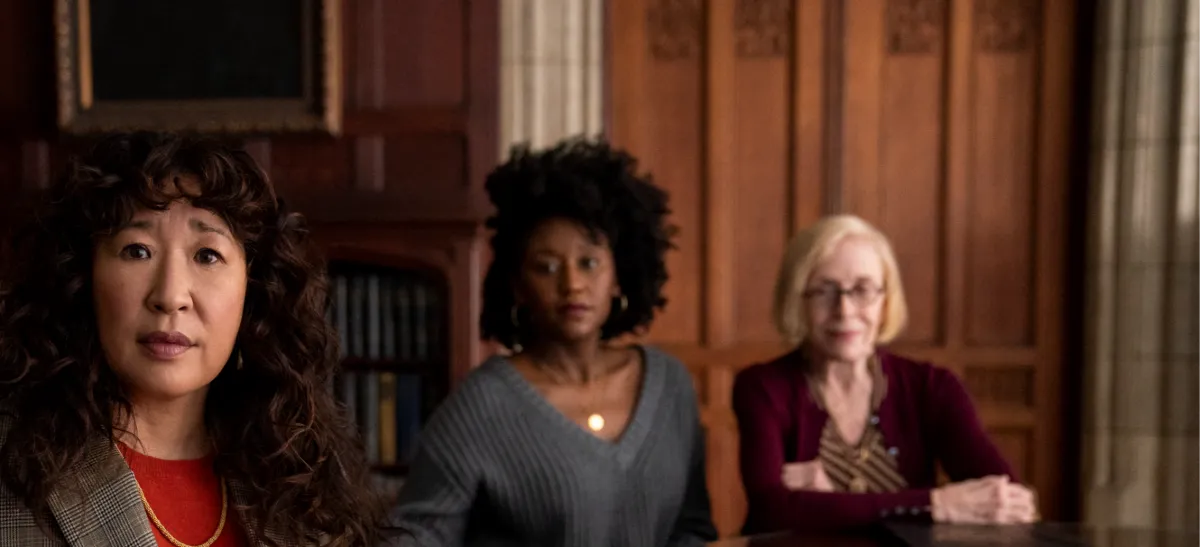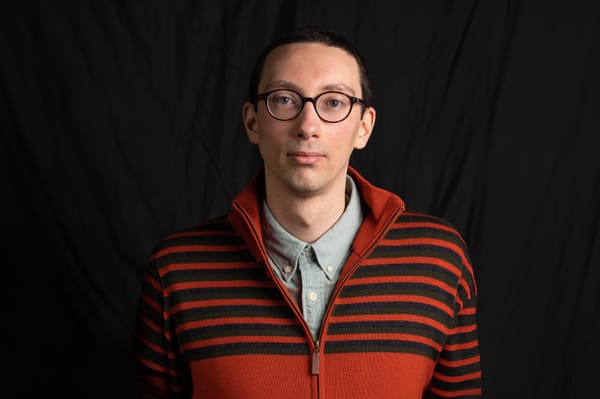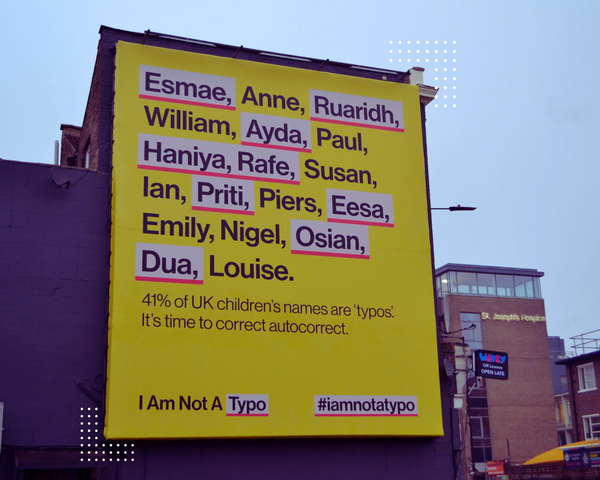The Chair Depicts, But Refuses to Dissect, Institutional Racism in Academic Spaces
The show is a pretty accurate portrayal of women of colour's experience working in academia, but doesn't dig deep enough.

Access the Audio Read version of this article directly on Spotify for Podcasters.
This article contains spoilers.
In the penultimate episode of The Chair, one of the most watched shows on Netflix last month, Dr. Yaz McKay (Nana Mensah), a Black English professor at the fictional Pembroke University, tells her colleague and departmental chair Dr. Ji-Yoon Kim (Sandra Oh), “you act like you owe them something. Like you’re here because they let you be here, not because you deserve it [...] You should be running this place. Instead, you are running around playing nice.”
It’s a rare moment of clarity in the series, a pause to consider what it means to exist as a woman of colour, especially one in a leadership position, in an overwhelmingly white university. That Ji-Yoon has been set up for failure is clear from the start. Her appointment as the chair of Pembroke’s dysfunctional English department is both historic and precarious. She is the department’s first Asian American chair. She’s also been asked to take over at a time when the department is at its lowest point. Enrolment numbers are dwindling. The department is so strapped for funds that it tries to force the senior-most teaching staff to take up early retirement — a task that naturally falls to Ji-Yoon. Dr. Joan Hambling (Holland Taylor), a white scholar with 30 years of academic experience, has her office moved to the basement gym. And Yaz, who has the highest enrolment numbers in the English department, finds her tenure application continually put off.
This is the glass cliff that Ji-Yoon inherits. As if her position wasn’t precarious enough, the series also has her involved in a romantic subplot with her white male colleague and the department’s star professor Bill Dobson (Jay Duplass), and things start to unravel from there. When a Nazi salute lands Bill in the midst of campus-wide student protests, he righteously refuses to apologise. When he finally does, it is a clumsy attempt that immediately backfires. Throughout this debacle, it is up to Ji-Yoon to make excuses for him and clean up his mess while also trying to keep the department afloat. “I feel like someone handed me a ticking time bomb because they wanted to make sure a woman was holding it when it explodes,” she says at one point. Sure enough, Bill’s antics produce a domino effect that ends with the department’s old white guard — the same colleagues whose jobs Ji-Yoon has been trying to protect — voting her out as the chair.
What Ji-Yoon calls a ticking time bomb is what many academics of colour, and particularly women, describe as the disproportionate burden placed on them due to institutional racism in the university. The academy is like “an old garment,” wrote Sara Ahmed, a scholar of feminist theory and queer woman of colour, in feministkilljoys: “it has acquired the shape of those who tend to wear it such that it becomes easier to wear if you have that shape.” This garment was intended only for white men, with some wiggle room allowed for white women. In it, women of colour are misfits — bodies out of place. When they are granted entry into the space of the university, the terms of coexistence are disproportionately stacked against them. No wonder, then, that Ji-Yoon gets the rap for problems that have been decades in the making, that she has merely inherited, and that her white colleagues keep making worse, explains Beth Nguyen (in Time magazine), who has been an English professor at the University of Wisconsin, Madison for 20 years. Having briefly taken up a leadership role at a small university, Nguyen writes, “ I too inherited a tangle of enrolment worries, generational conflicts among faculty, ominous edicts from the dean’s office [...] I too endured microaggressions, like being mistaken for another Asian American woman, or being told that I needed to be “civil” when I objected to an event’s lack of diversity. And, like Ji-Yoon, I felt set up for failure.”
Yaz’s innovative teaching methods see students flocking to her class. Yet, she is denied tenure and, instead, asked to co-teach with a veteran white male colleague, whose lectures run empty. This is true of a disproportionate number of Black women academics, says Racheida Lewis, an assistant professor in the School of Electrical and Computer Engineering at the University of Georgia, “you can be an exceptional person and still be denied tenure” (Source: Insider). As of the fall of 2019, only two percent of the tenured faculty at US universities and colleges were Black women, according to Chronicle. A recent real-life precedent reported in the New York Times is the University of North Carolina’s decision to deny Pulitzer-Prize winning author and journalist Nikole Hannah-Jones a tenure position for several months because of her involvement in a project that examined the legacy of slavery in the US. Hannah-Jones ended up accepting tenure at Howard, a historically Black university. Against this backdrop, The Chair’s plotline of a Yale tenure offer for Yaz feels too simplistic and contrived.
What the series captures more accurately, and perhaps also inadvertently, is how the university defaults to being a ‘white space’. “If you arrive into an organisation that is not built for you, you experience this [...] as a tightening,” Ahmed writes. As the only women of colour in the department, Ji-Yoon and Yaz experience this “tightening” when they claim space in a field that was never intended for them. While Yaz’s tenure is never a priority for Pembroke, Ji-Yoon is deemed unfit to serve as the department’s chair. But even as she is forced to step down, the series has her relinquish her post to Joan, who moments ago had been intent on voting Ji-Yoon out, before finally deciding not to. It’s unclear if this was meant to be an act of “sisterhood”, but the white woman benefits in the end.
Perhaps a more accurate description of this handover is what Ahmed calls “the institutional as usual”. The university may not exactly be accommodating towards white women like Joan — she never went up for full professorship because her research got side-tracked by professional duties and it is her office that is moved to the basement — but she certainly belongs more than “some Asian lady teaching Emily Dickinson.” So when the old white guard is out to get the woman of colour chair, Joan becomes the figure the academy is willing to settle for.
This is neither unforeseen nor a surprise. What is surprising, however, is that the series treats this as a benign outcome, rather than an ironic hat-tip to how the university continually reconfigures itself as a white institution. “Joan literally betrays Ji-Yoon for white male patriarchy then gets rewarded as the chair. It felt like I was supposed to perceive this as being justice. It's not,” says Aireale Rodgers (in Vice), a Black woman and graduate student at the University of Southern California. Failing to capture this nuance, the series ends up merely depicting racism in the academy, rather than dissecting it.
The Chair points to how the academy centres on white mediocrity and incentivises white entitlement through the entanglements of racism and sexism, but does not interrogate this status quo. It follows the women of colour faculty treading cautiously around their white colleagues, without really questioning the power dynamics that make it imperative for them to do so. Instead, the show spends a disproportionate amount of time trying to deflect, or explain away, white privilege and male entitlement. When Joan contrives to undercut Ji-Yoon, or when Elliot Rentz (Bob Balaban) comments on Yaz’s patterned dress, the series portrays them as a fit of bitterness and a funny quip, rather than the microaggressions that they really are. Yaz tries to establish a connection with Elliot, who could make or break her tenure application, only to discover that his recommendation letter may work against her. Elliot effectively hijacks Yaz’s lecture in the name of co-teaching, even though his dwindling enrolment numbers prompted this move in the first place. Yet, the show allows him moments that humanise and explain his motivations. For their complicity in the vote of no-confidence against Ji-Yoon, Joan is let off the hook and Bill gets a sympathetic backstory.
In fact, Ji-Yoon’s ouster is never explicitly named as an outcome of institutional racism. In one of the final scenes, Bill tells her, “not being chair suits you,” oblivious to his own role in making that happen — an assessment that she doesn’t deny. Contrast this reaction with a searing account in Meanjin, penned by Dr Chelsea Watego, a professor of indigenous health at the University of Queensland and a Munanjahli and South Sea Islander woman, who explains why she felt compelled to resign from a tenured position. It is an account that explicitly names racism, acknowledges the role of rage in bringing about transformation, and comes from a place of power: “this is the very fight against race; it comes and is confronted when we name it,” she writes.
This is not to say that one response is more legitimate or desirable than another. But it is to ask what stereotypes we fall back on, whose fragile egos we attend to, and what power relations we refuse to name even as we set out to tell ‘diverse’ stories. As many women of colour in academia have pointed out, The Chair is a pretty accurate and resonant, if not triggering and traumatising, portrayal of how they themselves navigate the university. Yet, it remains more intent on checking the boxes that point to institutional racism in the university, rather than engaging with it.





